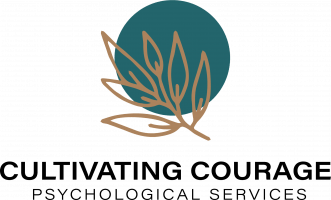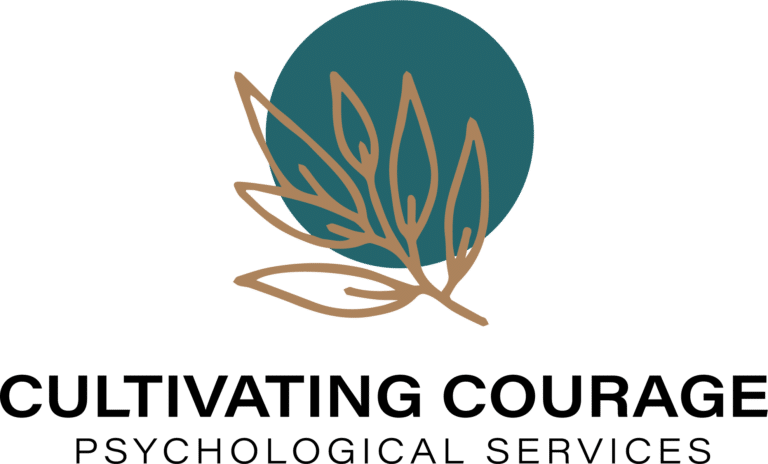EMDR is a therapeutic model we use in our practice to treat trauma. Interestingly, many of the inquiries we receive about EMDR come from individuals who are recommended EMDR by their friends, families, or colleagues. Mostly, they are referred by individuals who have experienced success with EMDR! Before starting, many of our clients ask how they can prepare for EMDR. First, let’s briefly explain EMDR and then how to prepare.
What is EMDR?
EMDR is shorthand for Eye Movement Desensitization Reprocessing Therapy and is a therapeutic model developed by Francine Shapiro in the late 80s. It utilizes bilateral stimulation, in addition to a specific protocol, to help our brains process and work through where we get stuck. Now, it is known as one of the most evidence-based treatment models for trauma. Moreover, continued research shows efficacy in treating other mental health disorders as well!
Considering EMDR?
Read our blog on considering EMDR.
How can I prepare for EMDR?
First, read up on EMDR. Most importantly, explore if it would be a good fit.
Because knowing where to start can be hard, here are a few suggestions:
EMDRIA is an international organization for EMDR therapy.
They are a great place to start because they have great visuals and videos about EMDR. For example, see a brief visual and description of the 8 phases of EMDR.

The book: Every Memory Deserves Respect, is an excellent resource in understanding more about EMDR and the EMDR process. It is co-written by a previous EMDR client and an EMDR therapist. It is very accessible and has a lot of great visuals.
Next, once you decide that EMDR is a good fit, seek a therapist who is a good match for you.
For example, here are some good touchpoints to consider.
I have decided on EMDR and picked a therapist, now how can I prepare?
There are several ways to prepare for participating in EMDR.
Mindfulness, Grounding and Other Coping Skills
First, make a daily habit to practice mindfulness, grounding, or other coping practices. Practice these skills daily. In fact, practicing skills daily helps the brain more readily access those skills when they are needed. If you can only practice 1-2 minutes a day, start there! After making it a daily habit, slowly add on time. Ideally, spend 20-30 minutes on mindfulness or other coping practices daily. And, be creative! In addition, a mindful walk, a creative project, or spending time with friends are all ways of being mindfully present.
Timeline of Memories
Second, you prepare for EMDR by making a timeline of significant memories from age 0-present. Intentionally include significant events and memories that your brain continues to get “stuck” on. Next, put them in timeline order and then circle the ones that impact your present the most.
Support System
Third, let your support system know you are starting EMDR and that you will reach out for additional support during this process.
Window of Tolerance
Fourth, learn about the window of tolerance from NICABM. Identify your own window of tolerance and how you know if you are outside of it. Then, share or explore your findings with your therapist.
Make a plan for after the session
Lastly, prepare for the work itself (it is sometimes hard work!) and plan for activities to regulate afterward. For example, some of my favorite activities include hiking, reading a good book, or listening to some of my favorite music.
Visit our homepage at https://www.couragepsych.com



